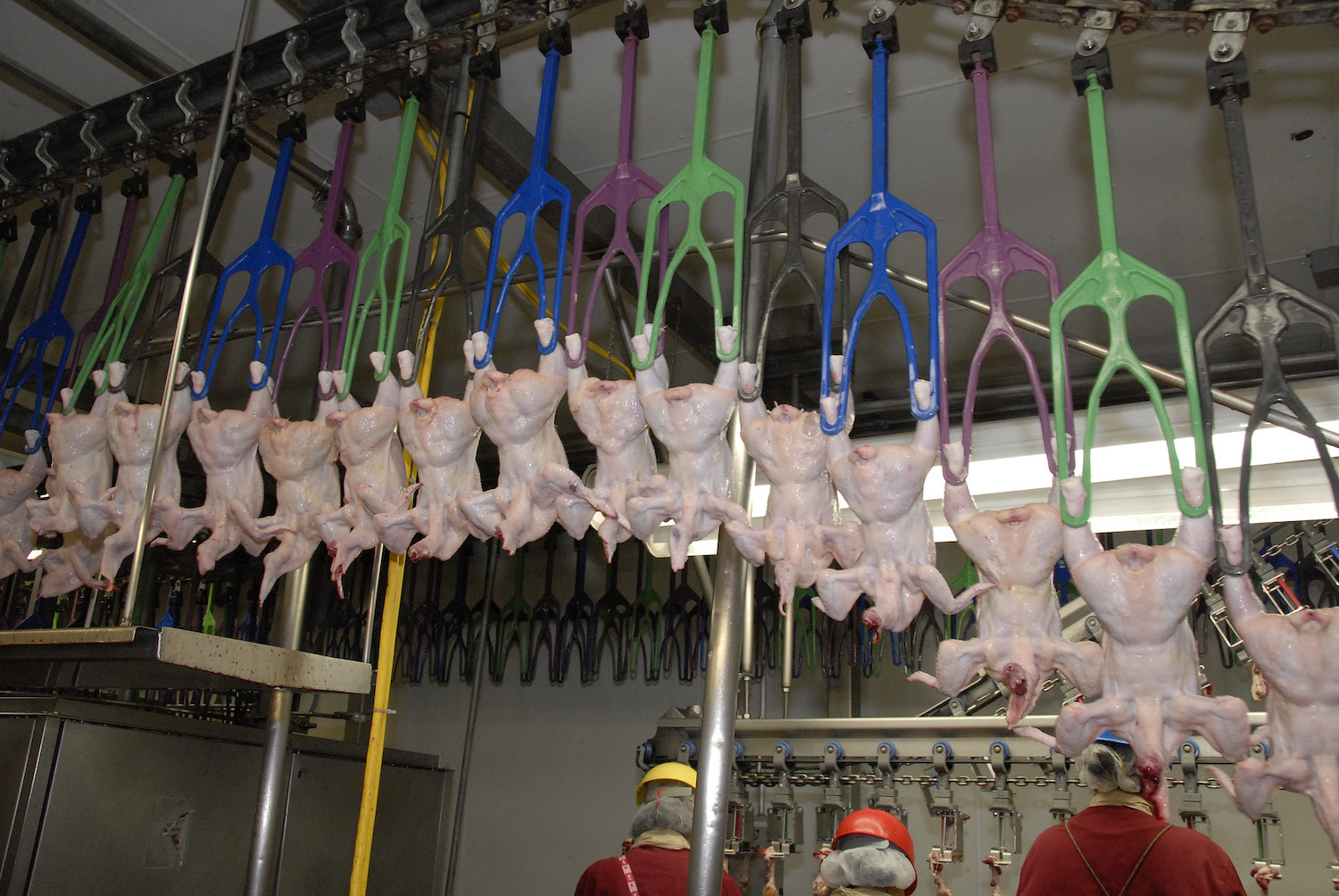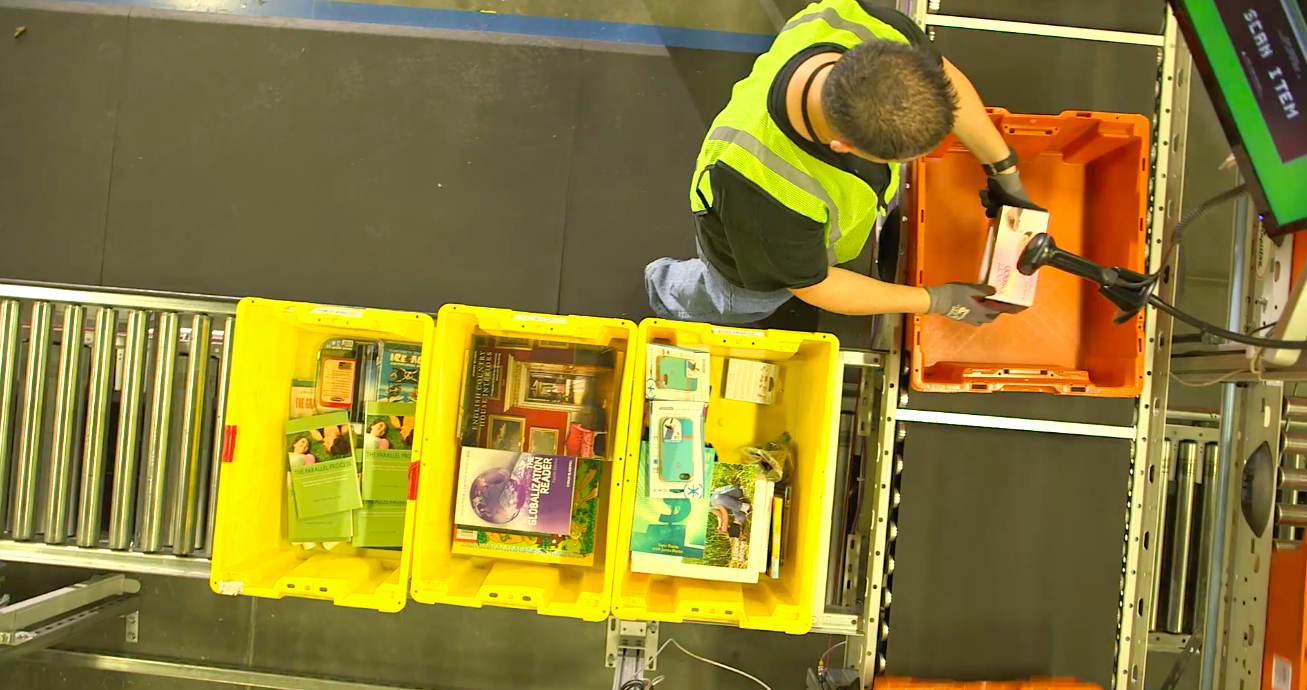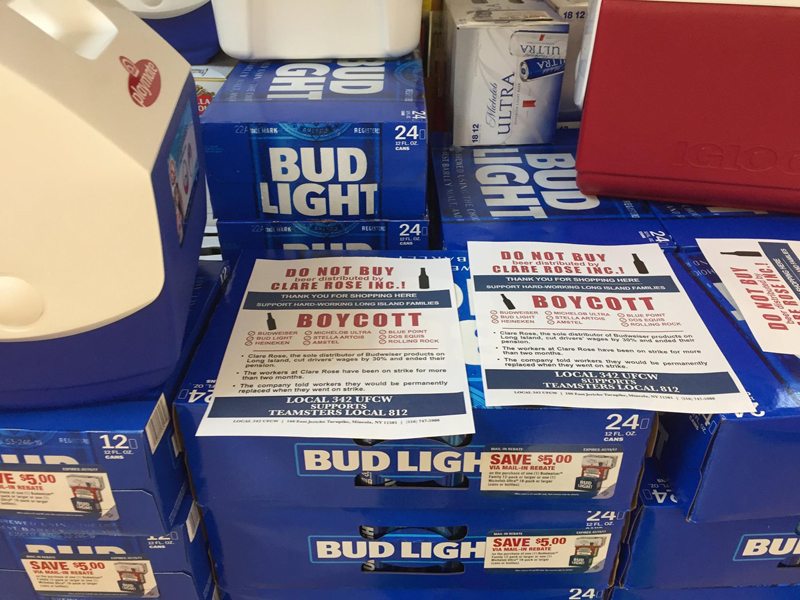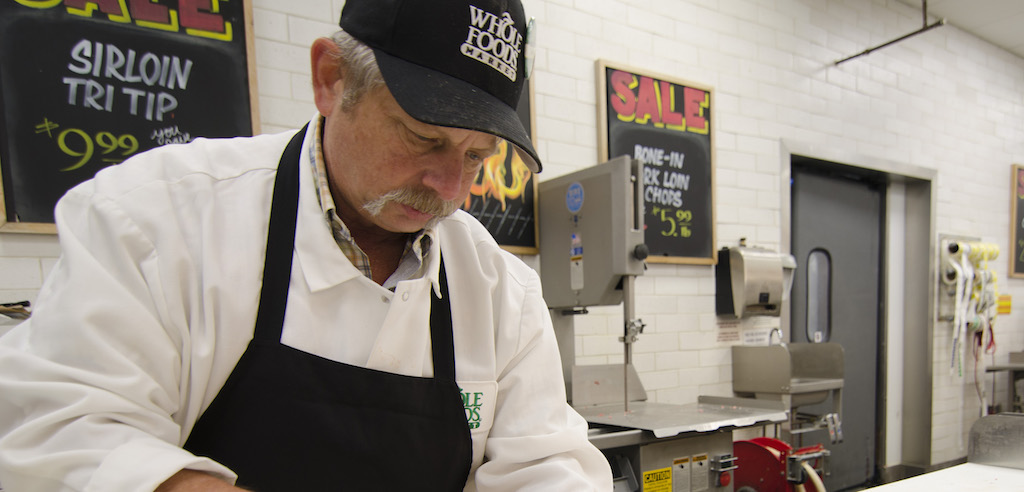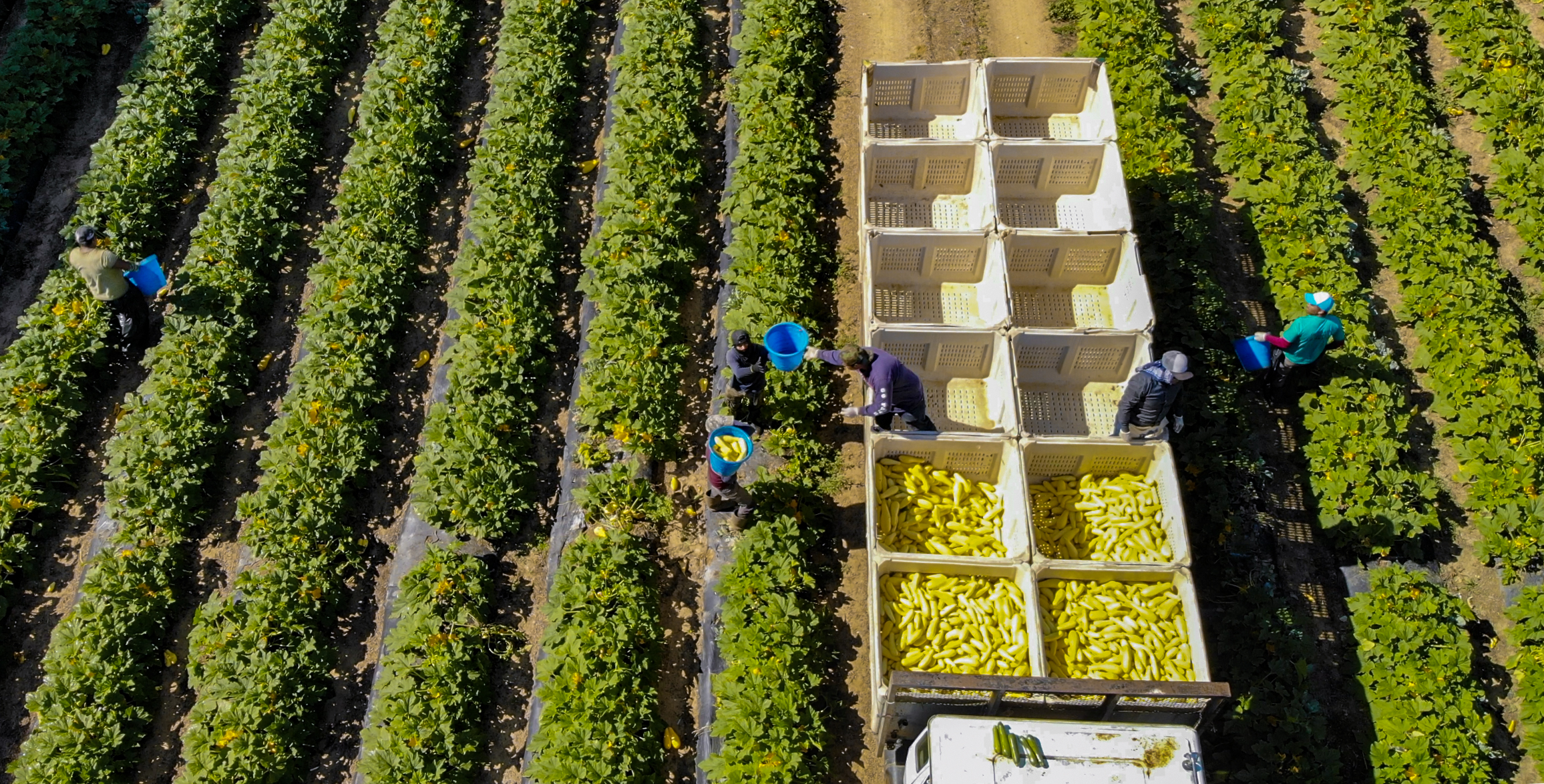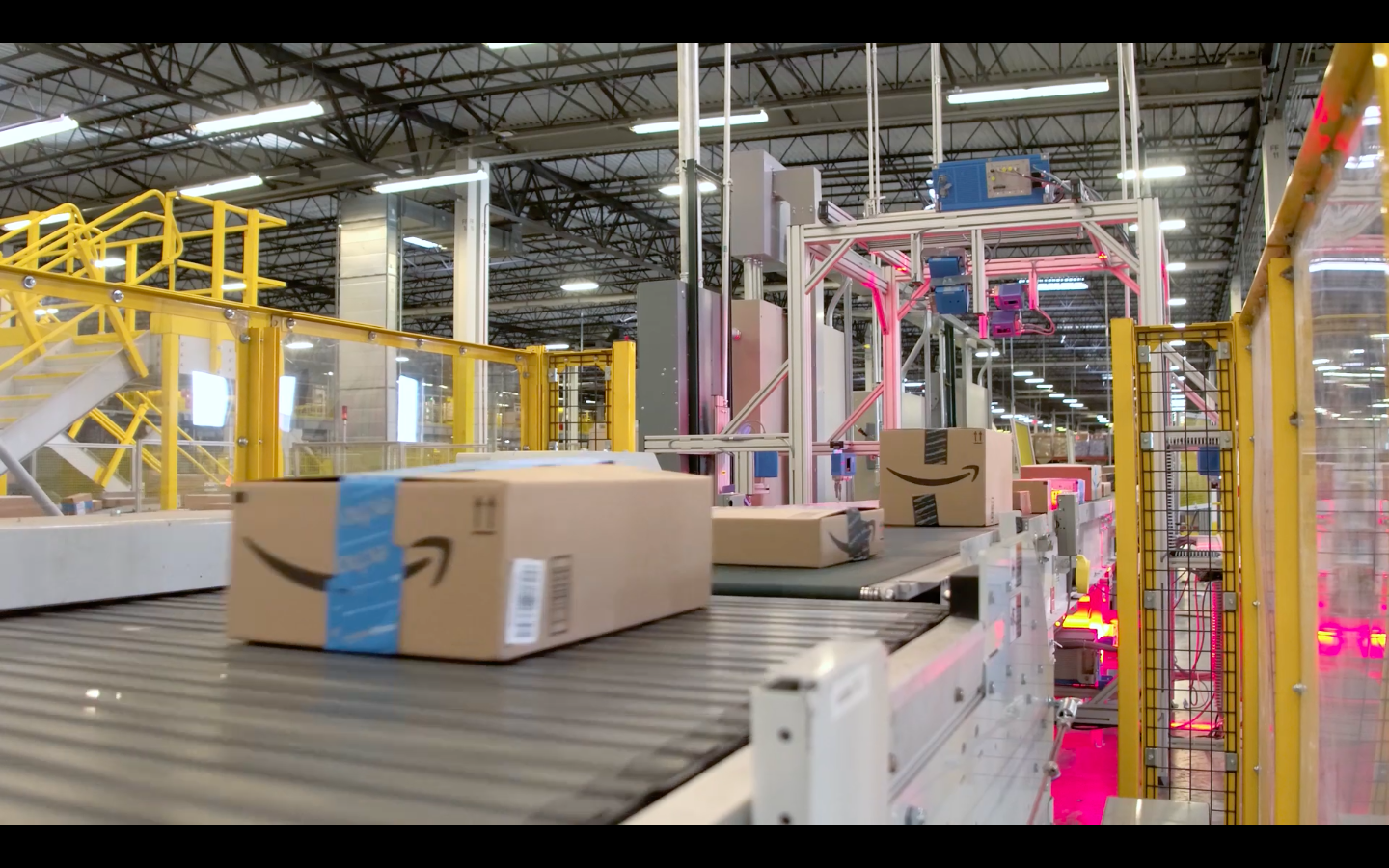On Tuesday, a cleaning agent spilled at a Tyson plant in Springdale, Arkansas, sending five employees to the hospital. Just one day earlier, the company petitioned the United States Department of Agriculture (USDA) to allow for fewer inspectors on the line at one of its beef processing plants in Kansas. This represents the first step in “modernizing” beef processing inspections, mirroring similar efforts in the poultry and swine industries that have led to increased privatization and lighter limits on slaughter speeds.
The pair of events underscores one of the fundamental disconnects in modern meat production: The government is increasingly allowing processing plants to police themselves while industrial accidents continue to happen frequently. And more often than not, it’s the workers who end up in the emergency room.
As of Wednesday, one of the five Tyson workers had been released from the hospital. The Occupational Health and Safety Administration (OSHA) has initiated an investigation into the incident, and Tyson has not yet released additional information about which chemical was spilled.
And those are just the accidents that made the news. According to an Occupational Safety and Health Administration’s (OSHA) database, there have been at least 48 severe injuries (defined as an amputation, in-patient hospitalization, or loss of an eye) at Tyson facilities since 2015. Two of those have occurred at the Springdale plant: A finger amputation in 2015 and a skull fracture in 2017. Several others have involved chemical spills, including one in which a sanitizing agent back-flowed into the drinking water supply and burned an employee’s mouth, lips, and tongue.
Federal inspectors are not directly responsible for worker safety—more on that in a minute. But they are hypothetically supposed to act as a sort of in-house watchdog. The idea is that, since they’re employees of the government and not of the big meat processors, they can blow the whistle on unsafe conditions without fear of repercussion. Having fewer inspectors on the line could mean there are fewer people watching out for poultry plant workers, who are often undocumented and almost never unionized.
Technically, OSHA and USDA are supposed to work together to make sure new rules won’t put workers in danger. Following a tragic poultry plant fire in the 1990s, the two agencies agreed to a Memorandum of Understanding in 1997. In the memorandum, OSHA promised to train federal inspectors to watch out for worker safety in hopes that the inspectors would act as the agency’s eyes and ears on the ground. A later update of the agreement took the partnership one step further: USDA was supposed to reach out to OSHA when developing any rules that might impact worker safety.
In reality, that hasn’t happened. A 2017 report by the Government Accountability Office found that OSHA officials did not learn about a proposal to lift line speed limits in the poultry industry until it had already been sent to the Office of Management and Budget. This means worker safety advocates did not have a seat at the table when the new rules were being developed.
This week’s events put those contradictions in sharp relief: Even as Tyson’s worker safety problems go unresolved, the agency seems prepared to give the company even more leeway.
